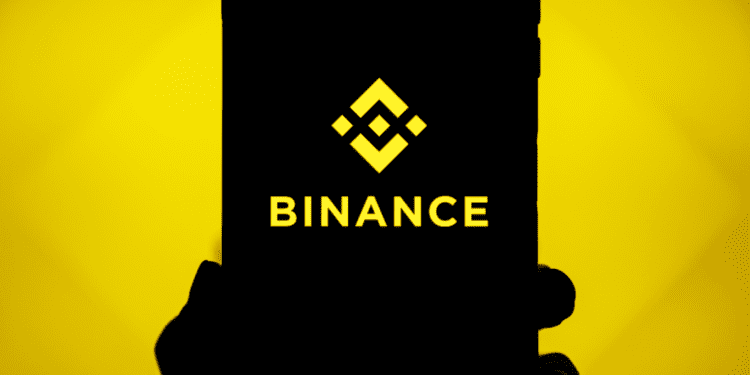- Binance confirms that it has been holding collateral and customer assets in the same wallet
- The exchange knows of the mistake and is working on transferring the reserves to the respective wallet
- Binance has been displaying its proof of reserve as a way of increasing transparency and proving that all the tokens they issue have adequate collateral
The largest crypto exchange platform by trading volume, Binance, has acknowledged that it has mistakenly been holding collateral for some of the coins it issues in the same wallet as customers’ assets, as reported by Bloomberg.
Binance issues 94 tokens, referred to as Binance-peg tokens or B-tokens, where reserves for more than half of these tokens are stored in a cold wallet named Binance 8. According to Binance guidelines and a recent post, B-tokens have always been collateralized at 1:1.
However, the Binance 8 wallet holds significantly more tokens than it should as collateral for all B-tokens issued, thus depicting that the collateral is mixed with clients’ assets instead of being stored separately as expected.
ChainArgos, a blockchain analytics firm, first noticed the error. Through their co-founder, Jonathan Reiter, ChainArgos stated Binance’s usage of the Binance 8 wallet and the extreme over-collateralization of some B-Tokens depicted an “obvious mixing of client and peg-backing funds.”
Based on the Binance Proof of Reserve (PoR) page, the exchange’s holdings are kept separate from the reserves and are not part of the proof of reserve calculations. Binance explains that:
“When a user deposits one Bitcoin, Binance’s reserves increase by at least one to ensure client funds are fully backed. It is important to note that this does not include Binance’s corporate holdings, which are kept on a separate ledger.”
When questioned on the issue, an unnamed Binance spokesperson told Bloomberg:
” ‘Binance 8’ is a cold exchange wallet. Collateral assets have previously been moved into this wallet in error and referenced accordingly on the B-Token Proof of Collateral page”,
The spokesperson added that the exchange is aware of the error and is working to fix it and transfer the assets to the dedicated wallets.
Scrambling to show Proof-of-Reserves
Reserves and how crypto firms manage them have become a sensitive matter and an issue of interest since the massive collapse of FTX last year. Since then, customers are always been watching out for signs of another firm in the red as the collapse shook their confidence in companies and their declarations of adequate reserves.
To earn back their customers’ trust, exchanges have taken to displaying their reserve records on proof-of-reserve reports, with others showing their blockchain data as a move of added transparency. Despite these efforts, the data provided still needs to catch up to what fully audited financial reports show, lacking details of the exchange’s liability and long-term data for monitoring patterns.
Binance released its Proof of Reserve system in November 2022 to commit to transparency after the FTX collapse. The exchange took it a step further by hiring Mazars, an accounting firm, as its PoR audit in early December. The firm soon displayed reports on its website confirming that Binance’s Bitcoin was fully collateralized.
However, a few days later, the reports were taken down due to dissatisfaction with the amount of detail the descriptions provided. In addition to this recent error, Binance has a big task of winning back its customers’ trust.














